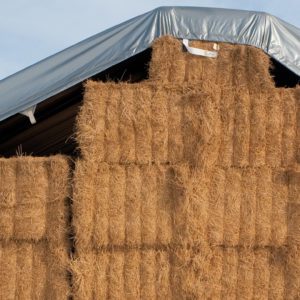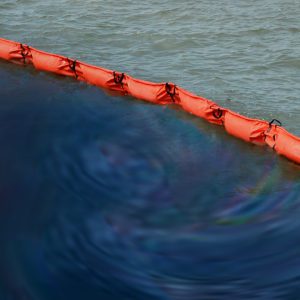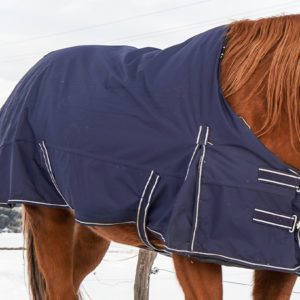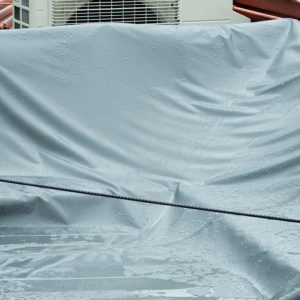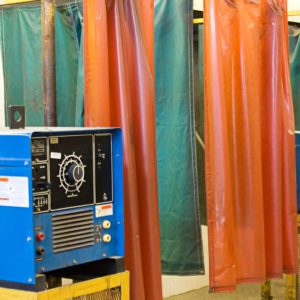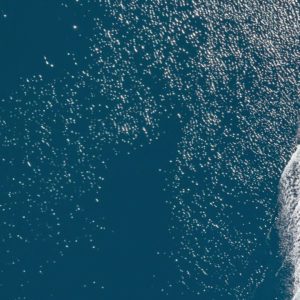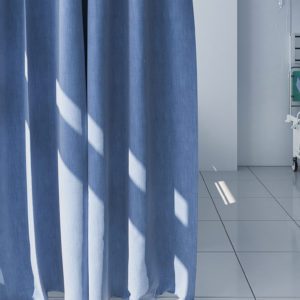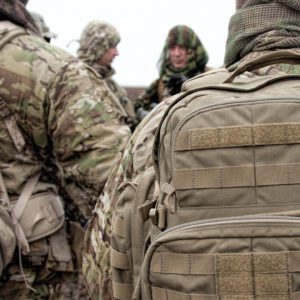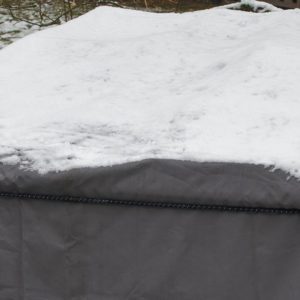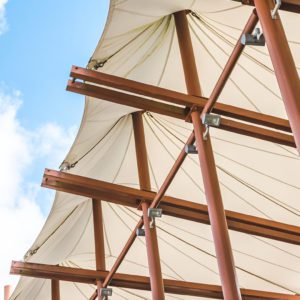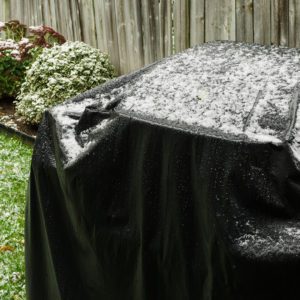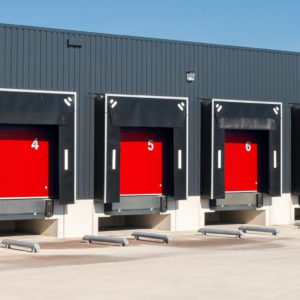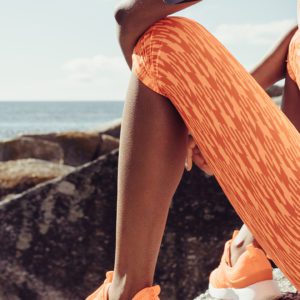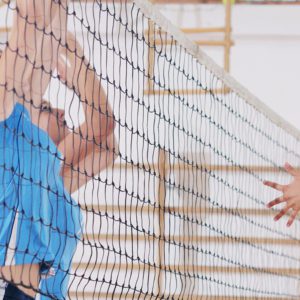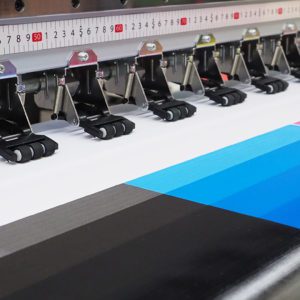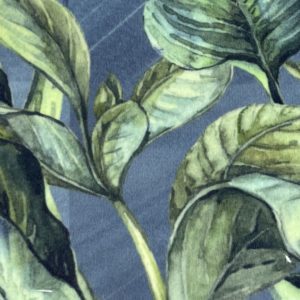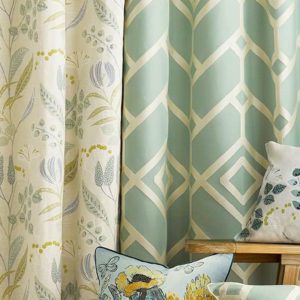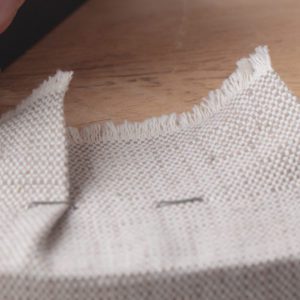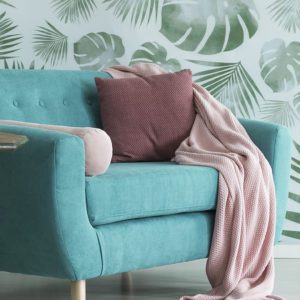Overview
Synthetic yarn like polyester and nylon is extruded in smooth, thin fibers, looking much like fishing line. Texturizing synthetic yarn alters the basic properties of filaments, giving them characteristics such as bulk, texture, elasticity, and the appearance of natural fibers.
What is the Purpose of Texturizing Synthetic Yarn?
Texturizing synthetic yarn improves the look, feel, and functional performance of the yarns. Different texturizing processes can create bulk, warmth, softness, and the appearance of natural fibers to what would otherwise be smooth and straight synthetic filaments. Textured yarn is often referred to as DTY or Draw Textured Yarn.
DTY vs FDY vs POY
Draw Textured Yarn (DTY) is produced by texturizing partially oriented yarn (POY), which involves introducing durable crimps, loops, and interlaces to the filaments. This texturizing process gives greater elasticity and bulk compared to non-texturized yarns.
Fully Drawn Yarn (FDY) is produced by spinning and drawing the fibers until they are fully oriented with molecules aligned. This texturizing process provides more strength and stability and creates fibers that are smoother and more lustrous than DTY, but they don’t have either bulk or texture.
Partially Oriented Yarn (POY) is used to create both DTY and FDY yarns. It is only partially drawn, which means the fibers are not fully oriented after being extruded.
Types of Texturizing Processes
There are three main types of texturing processes. Mechanical texturizing alters the fiber structure and creates textures like false twist, air-jet, and stuffer box. Thermal texturizing involves the use of heat to permanently set the textures introduced by mechanical means.
Chemical texturizing uses chemicals to create changes on the fiber surface or within the fiber structure to achieve desired textural effects.
How Does Texturizing Change Fabric Properties?
Texturizing fibers creates yarn with different properties than synthetic yarn in it’s untextured state. Texturizing provides bulk and volume, can improve insulating properties, can increase the surface area and moisture management, can improve elasticity, drapability, and resistance to wear and tear. Texturizing synthetic fibers can make the yarn look more like a natural fiber.
A History of Texturizing
One of the key figures in the early stages of texturizing synthetic yarn is Seizo Shimamune, a Japanese engineer. In the 1950s, Shimamune developed one of the first false-twist texturizing machines. Another significant development came from the German company Heberlein Fibre Technology, which played a crucial role in advancing air-jet texturizing. Air texturizing was developed during the mid-20th century and became particularly prominent in the 1970s.
What are Common Applications for Texturized Synthetic Fibers?
- Automotive Textiles: Used in the production of car upholstery, seat belts, and airbags, textured yarns offer durability, resilience, and comfort.
- Bags, Backpacks, Luggage: Textured yarns are ideal for backpacks, bags, and luggage due to their enhanced durability and abrasion resistance, which ensure longevity and resilience against daily wear and tear.
- Medical Textiles: Textured yarns are used in medical applications such as bandages, surgical sutures, and hospital bedding due to their softness, flexibility, and comfort.
- Filtration Materials: The increased surface area of textured fibers enhances their suitability for use in filtration systems, where they help in trapping particles effectively.
- Sportswear and Activewear: The elasticity and moisture-wicking properties of textured yarns are crucial for sports apparel.
- Outerwear: Textured fibers provide bulk and insulation without significant weight.
- Fashion Apparel: The improved drape and tactile qualities of textured fibers make them perfect for high-fashion designs.
- Upholstery Fabrics: Textured yarns contribute to the durability and visual appeal.
- Curtains and Draperies: The bulk and drape qualities of textured yarns enhance the look and feel of curtains and drapes.
- Bedding and Throws: The softness and warmth of textured fibers are ideal for blankets, throws, and other bedding materials.
- Carpets and Rugs: Textured synthetic fibers add durability and stain resistance to carpets and rugs, in addition to aesthetic appeal.
